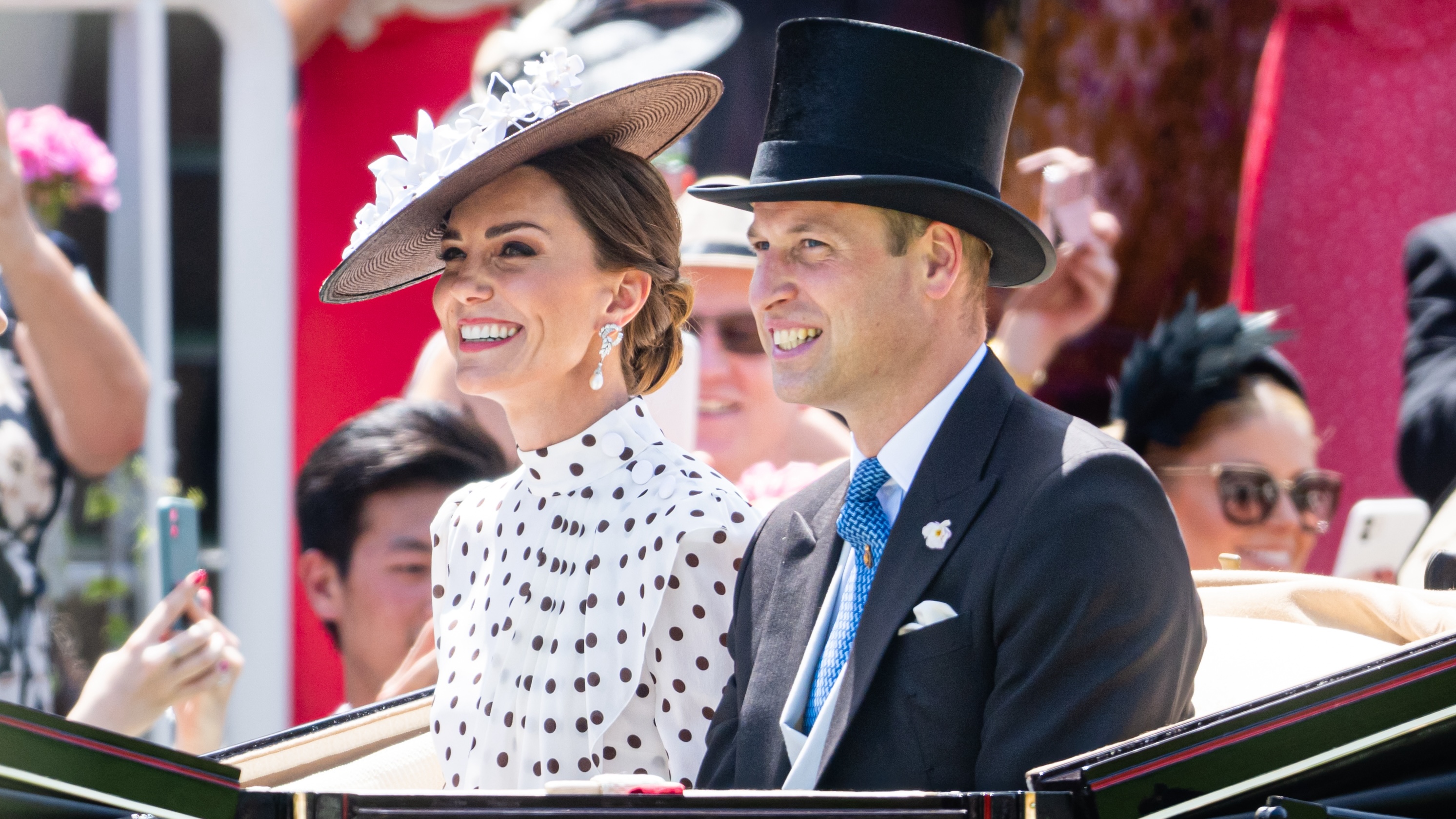Otters return to UK waterways
The Otter Trust has had so much success that it's closed its breeding-in-captivity projects.

The Otter Trust has been so successful in reintroducing otters into English rivers that it has closed its breeding-in-captivity projects. Its website states simply: ‘Important announcement: mission accomplished.’ This is essentially the achievement of one man, animal enthusiast Philip Wayre, whose efforts naturalist Robin Page describes as ‘remarkable’.
Mr Wayre started the Trust in 1971, by which time otters had been all but wiped out of English rivers by the devastating effects of organ-phosphorus insecticides. The trust released its 117th otter in 1999, before scaling the operation down. Now there are probably 300–400 otters on English rivers recently, they were spotted on the Thames but most of the UK’s Eurasian otters, estimated at 10,000 in 2004, are in the Scottish isles.
‘About three or four years ago, we realised that otters were spreading again, and they’re now established in almost every river system in England,’ explains Mr Wayre, now 87, who admits that it was hard to part with the otters he and his wife, Jean, had reared. ‘It’s certainly a very satisfying result, but it’s not all down to us. The otter would’ve returned anyway, but, without an organised breeding programme, that would have happened much more slowly. We’ve also been helped by cleaner rivers, tighter legislation and greater public enlightenment.’
However, Mr Ware warns that the otter is still classified as ‘near threatened’ and is a victim of random snaring. Grace Yoxon, who runs the International Otter Survival Fund in Skye, says otter numbers are difficult to calculate accurately. ‘I don’t think anyone can really know. Otters spread widely in rivers in order to have enough food, and they don’t breed at a rapid rate often only one or two cubs every 18 months.
Also, most surveys are done on droppings found, which isn’t necessarily reliable.’ Otter hunting was banned in 1978 but the animal is still considered a pest by some. To sponsor an otter, or find out about otter watching, visit www.otter.org
Sign up for the Country Life Newsletter
Exquisite houses, the beauty of Nature, and how to get the most from your life, straight to your inbox.
Country Life is unlike any other magazine: the only glossy weekly on the newsstand and the only magazine that has been guest-edited by HRH The King not once, but twice. It is a celebration of modern rural life and all its diverse joys and pleasures — that was first published in Queen Victoria's Diamond Jubilee year. Our eclectic mixture of witty and informative content — from the most up-to-date property news and commentary and a coveted glimpse inside some of the UK's best houses and gardens, to gardening, the arts and interior design, written by experts in their field — still cannot be found in print or online, anywhere else.
-
 'The watch is Head Boy of men’s accessorising': Ginnie Chadwyck-Healey and Tom Chamberlin's Summer Season style secrets
'The watch is Head Boy of men’s accessorising': Ginnie Chadwyck-Healey and Tom Chamberlin's Summer Season style secretsWhen it comes to dressing for the Season, accessories will transform an outfit. Ginnie Chadwyck-Healey and Tom Chamberlin, both stylish summer-party veterans, offer some sage advice.
-
 Lewis Hamilton, Claude Monet and the Four Horsemen of the Apocalypse: Country Life Quiz of the Day, April 29, 2025
Lewis Hamilton, Claude Monet and the Four Horsemen of the Apocalypse: Country Life Quiz of the Day, April 29, 2025Tuesday's Quiz of the Day looks back at Lewis Hamilton's first win and ponders on the meaning of greige.